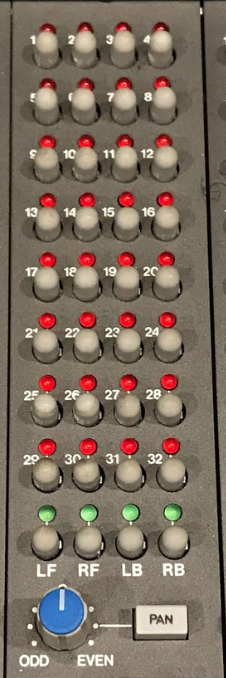음향:signal_processor:routing
[홈레코딩 필독서]"모두의 홈레코딩"구매링크
가성비 있는 녹음실 찾으시나요? 리버사이드 재즈 스튜디오에서 녹음하세요!
[공지]회원 가입 방법
[공지]글 작성 및 수정 방법
라우팅
라우팅은 음향 또는 오디오 신호를 다양한 소스와 대상 사이에서 전달하거나 연결하는 과정을 나타냅니다. 이것은 믹싱 콘솔이나 DAW와 같은 오디오 시스템에서 중요한 역할을 합니다. 여기에는 몇 가지 중요한 측면이 있습니다:
요약하면, “라우팅“은 오디오 신호를 관리하고 처리하기 위한 핵심 작업 중 하나로, 음향 엔지니어나 프로듀서가 오디오 프로젝트를 조작하고 컨트롤하는 데 필수적인 개념입니다.
Routing
Routing refers to the process of directing or connecting audio signals between various sources and destinations in audio or sound systems. It plays a crucial role in audio systems such as mixing consoles or digital audio workstations (DAWs). Here are some key aspects:
- Input and Output Routing: It defines how audio signals enter or exit a mixing console or DAW. Input routing determines how audio signals are captured from sources like microphones, instruments, or other devices, while output routing decides where the audio signals are sent. This is used by mixing engineers to set up which sources go to which channels and where the audio is sent as an output.
- Signal Processing: Routing is also used to apply various signal processing and effects to audio signals. For example, to apply equalization, reverb, delay, or compression to a specific track, the signal must be routed to those respective effects.
- Send and Return: An important concept in mixing is “sending” and “returning.” Sending refers to routing a particular track's audio signal to another track or audio effect, while returning is used to bring that signal back. This is essential for more complex mixing tasks.
- Bussing: Bussing involves grouping multiple tracks' audio signals together for processing or mixing. It allows audio engineers to apply effects or adjustments collectively to a group of tracks.
In summary, “routing” is a fundamental concept in managing and processing audio signals. It is essential for audio engineers and producers to manipulate and control audio projects effectively.
로그인하면 댓글을 남길 수 있습니다.
[공지]회원 가입 방법
[공지]글 작성 및 수정 방법
음향/signal_processor/routing.txt · 마지막으로 수정됨: 저자 정승환

